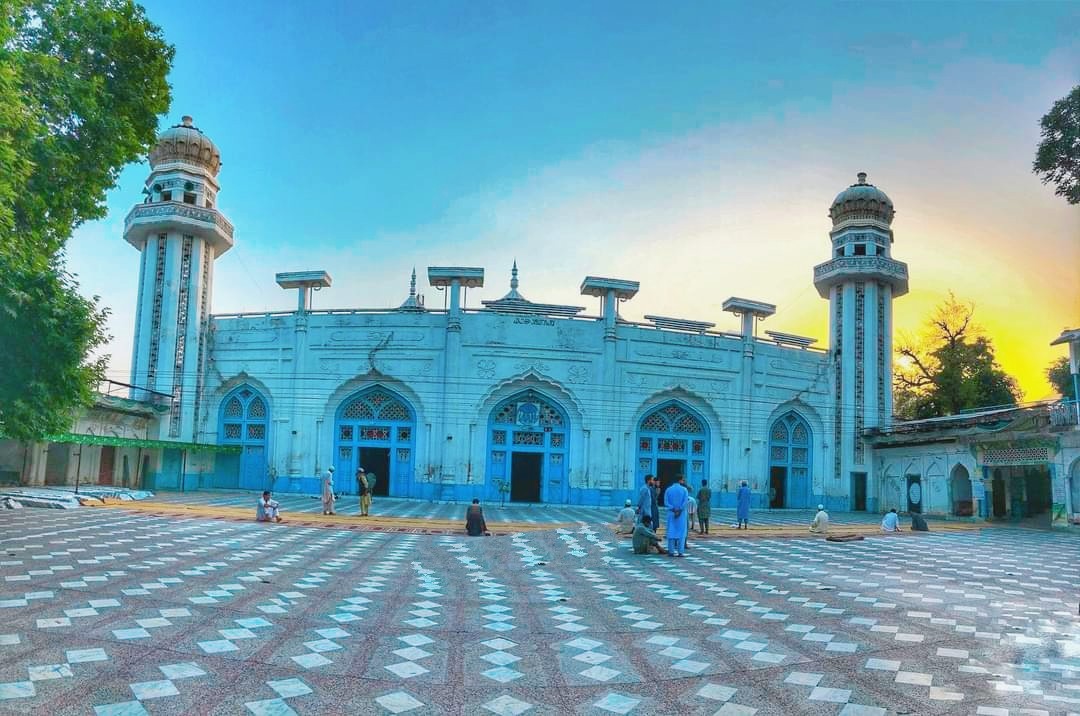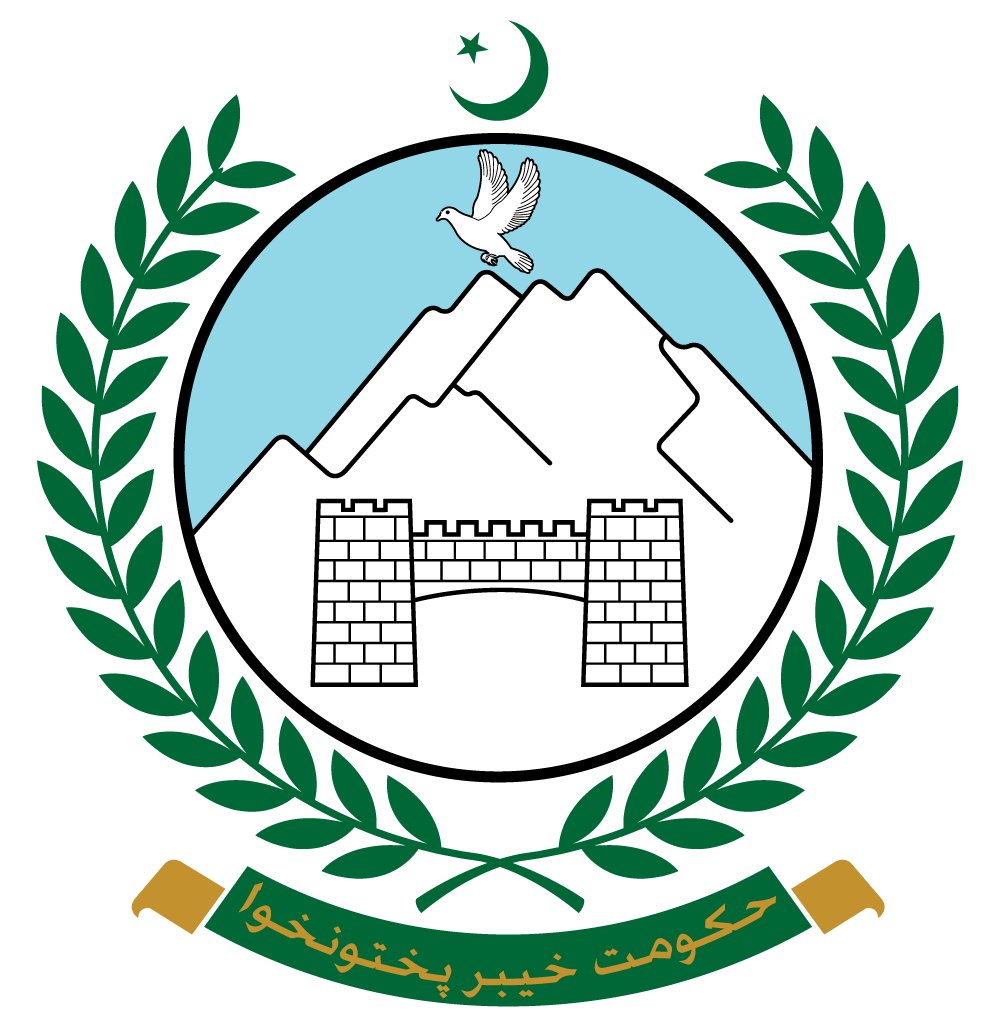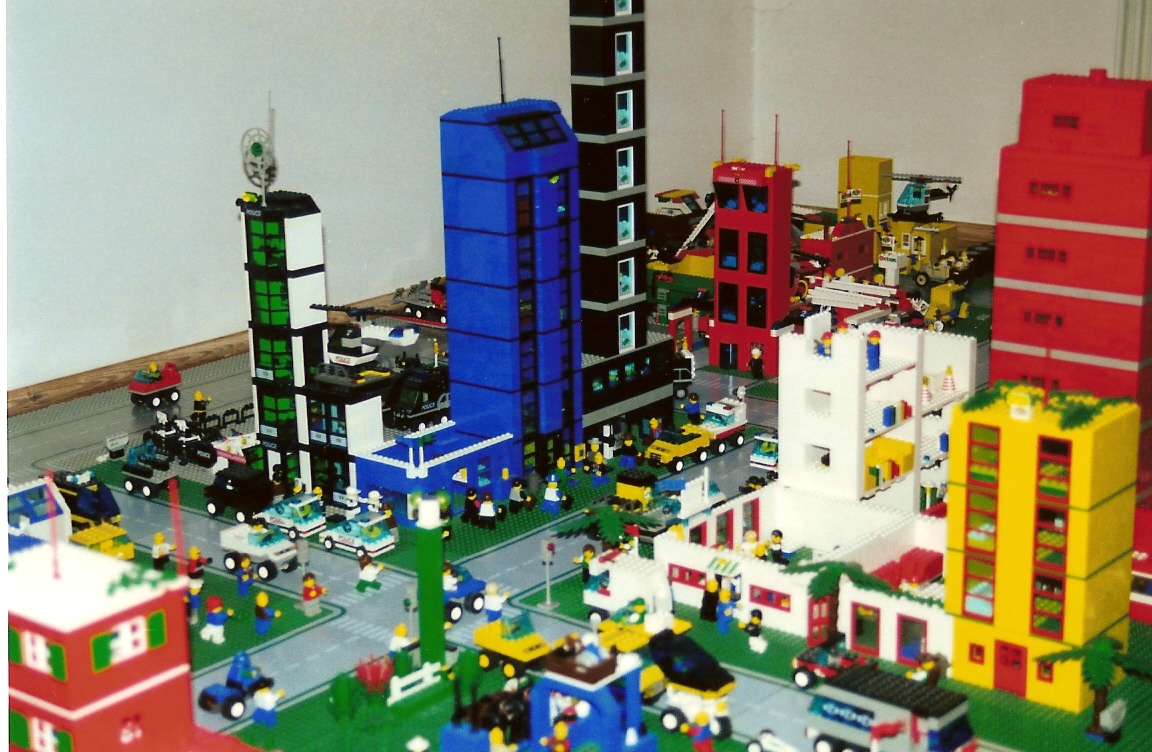|
Community Driven Local Development (KP)
Community Driven Local Development (CDLD) is a budgetary support programme meant to bring social and structural improvements in Thirteen districts of Khyber Pakhtunkhwa, in Khyber Pakhtunkhwa, Pakistan. Scope and purpose It is a public–private partnership, which sets out a fiscal and regulatory framework, encouraging district authorities to work directly with local communities. An inherent aim of the programme is to promote democratic values, women empowerment and Local Development. The selected districts of Khyber Pakhtunkhwa, for implementation of the programme include Chitral, Lower Dir, Malakand, Shangla, Swat, Haripur, Sawabi, Batagram, Nowshehra, Torghar, Buner and Upper Dir. Authorities aim to achieve sustainable development Sustainable development is an organizing principle for meeting human development goals while also sustaining the ability of natural systems to provide the natural resources and ecosystem services on which the economy and society de ... [...More Info...] [...Related Items...] OR: [Wikipedia] [Google] [Baidu] |
Budget Support
Budget support is a particular way of giving international development aid, also known as an aid instrument or aid modality. With budget support, money is given directly to a recipient country government, usually from a donor government. Budget support differs from other types of aid modalities such as: # Balance of payments support, which is currently mainly the domain of the International Monetary Fund. With balance of payments support the funds go to the central bank for foreign exchange purposes, while with budget support they generally go to the Ministry of Finance (or equivalent) and into the budget for public spending. # Project aid, where development assistance funds are used by donors to implement a specific project, with donors retaining control of the project's financing and management. In practice, budget support varies dramatically and is done in a large range of different ways. One of the broadest distinctions is between general budget support and sector budget s ... [...More Info...] [...Related Items...] OR: [Wikipedia] [Google] [Baidu] |
Buner
Buner District ( ps, بونیر ولسوالۍ, ur, ) is a district in Malakand Division of Khyber Pakhtunkhwa province in Pakistan. Before becoming a district in 1991, it was a tehsil within Swat District. History The Buner Valley lies between Swabi on the South and Swat on the North. It is a mountain valley, dotted with villages and divided into four sub-divisions. The Mora Hills and the Ilam range divide it from the Swat Valley, the Sinawar range from Yusafzai, the Guru mountains from the Mardan Valley, and the Duma range from the Puran Valley. During the 1580s, many Yusufzais and Mandanrs rebelled against the Mughal Empire. In late 1585, Mughal Emperor Akbar sent military forces under Zain Khan Koka and Birbal to crush the rebellion. In February 1586, about 8,000 Mughal soldiers, including Birbal, were killed near the Karakar Pass by the Yusufzai lashkar, led by Kalu Khan. This was the greatest disaster faced by the Mughal Army during Akbar's reign. During the 19th c ... [...More Info...] [...Related Items...] OR: [Wikipedia] [Google] [Baidu] |
Non-profit Organisations Based In Pakistan
A nonprofit organization (NPO) or non-profit organisation, also known as a non-business entity, not-for-profit organization, or nonprofit institution, is a legal entity organized and operated for a collective, public or social benefit, in contrast with an entity that operates as a business aiming to generate a profit for its owners. A nonprofit is subject to the non-distribution constraint: any revenues that exceed expenses must be committed to the organization's purpose, not taken by private parties. An array of organizations are nonprofit, including some political organizations, schools, business associations, churches, social clubs, and consumer cooperatives. Nonprofit entities may seek approval from governments to be tax-exempt, and some may also qualify to receive tax-deductible contributions, but an entity may incorporate as a nonprofit entity without securing tax-exempt status. Key aspects of nonprofits are accountability, trustworthiness, honesty, and openness to ever ... [...More Info...] [...Related Items...] OR: [Wikipedia] [Google] [Baidu] |
Development Organizations
Development or developing may refer to: Arts *Development hell, when a project is stuck in development *Filmmaking, development phase, including finance and budgeting *Development (music), the process thematic material is reshaped *Photographic development * ''Development'' (album), a 2002 album by Nonpoint Business *Business development, a process of growing a business *Career development *Corporate development, a position in a business *Energy development, activities concentrated on obtaining energy from natural resources *Green development, a real estate concept that considers social and environmental impact of development *Land development, altering the landscape in any number of ways *Land development bank, a kind of bank in India *Leadership development *New product development *Organization development *Professional development *Real estate development *Research and development *Training and development *Fundraising, also called "development" Biology and medicine * Chil ... [...More Info...] [...Related Items...] OR: [Wikipedia] [Google] [Baidu] |
Public–private Partnership
A public–private partnership (PPP, 3P, or P3) is a long-term arrangement between a government and private sector institutions.Hodge, G. A and Greve, C. (2007), Public–Private Partnerships: An International Performance Review, Public Administration Review, 2007, Vol. 67(3), pp. 545–558 Typically, it involves private capital financing government projects and services up-front, and then drawing revenues from taxpayers and/or users over the course of the PPP contract. Public–private partnerships have been implemented in multiple countries and are primarily used for infrastructure projects. They have been employed for building, equipping, operating and maintaining schools, hospitals, transport systems, and water and sewerage systems. Cooperation between private actors, corporations and governments has existed since the inception of sovereign states, notably for the purpose of tax collection and colonization. However, contemporary "public-private partnerships" came into being ... [...More Info...] [...Related Items...] OR: [Wikipedia] [Google] [Baidu] |
Rural Community Development
Rural community development encompasses a range of approaches and activities that aim to improve the welfare and livelihoods of people living in rural areas. As a branch of community development, these approaches pay attention to social issues particularly community organizing. This is in contrast to other forms of rural development that focus on public works (e.g. rural roads and electrification) and technology (e.g. tools and techniques for improving agricultural production). Rural community development is important in developing countries where a large part of the population is engaged in farming. Consequently, a range of community development methods have been created and used by organisations involved in international development. Most of these efforts to promote rural community development are led by 'experts' from outside the community such as government officials, staff of non-governmental organizations and foreign advisers. This has led to a long debate about the issue ... [...More Info...] [...Related Items...] OR: [Wikipedia] [Google] [Baidu] |
Community-driven Development
Community-driven development (CDD) is an initiative in the field of development that provides control of the development process, resources and decision making authority directly to groups in the community. The underlying assumption of CDD projects are that communities are the best judges of how their lives and livelihoods can be improved and, if provided with adequate resources and information, they can organize themselves to provide for their immediate needs. CDD projects work by providing poor communities with direct funding for development with the communities then deciding how to spend the money. Lastly, the community plans and builds the project and takes responsibility for monitoring its progress. Characteristics of CDD CDD programmes are motivated by their trust in people (Naidoo and Finn, 2001) and hence it advocates people changing their own environment as a powerful force for development. By treating poor people as assets and partners in the development process, studie ... [...More Info...] [...Related Items...] OR: [Wikipedia] [Google] [Baidu] |
European Union
The European Union (EU) is a supranational political and economic union of member states that are located primarily in Europe. The union has a total area of and an estimated total population of about 447million. The EU has often been described as a '' sui generis'' political entity (without precedent or comparison) combining the characteristics of both a federation and a confederation. Containing 5.8per cent of the world population in 2020, the EU generated a nominal gross domestic product (GDP) of around trillion in 2021, constituting approximately 18per cent of global nominal GDP. Additionally, all EU states but Bulgaria have a very high Human Development Index according to the United Nations Development Programme. Its cornerstone, the Customs Union, paved the way to establishing an internal single market based on standardised legal framework and legislation that applies in all member states in those matters, and only those matters, where the states have agreed to act ... [...More Info...] [...Related Items...] OR: [Wikipedia] [Google] [Baidu] |
Euro Sign
The euro sign () is the currency sign used for the euro, the official currency of the eurozone and unilaterally adopted by Kosovo and Montenegro. The design was presented to the public by the European Commission on 12 December 1996. It consists of a stylized letter E (or epsilon), crossed by two lines instead of one. In English, the sign immediately precedes the value (for instance, €10); in most other European languages, it follows the value, usually but not always with an intervening space (for instance, 10€, 10€). Design There were originally 32 proposed designs for a symbol for Europe's new common currency; the Commission short-listed these to ten candidates. These ten were put to a public survey. After the survey had narrowed the original ten proposals down to two, it was up to the Commission to choose the final design. The other designs that were considered are not available for the public to view, nor is any information regarding the designers available for pub ... [...More Info...] [...Related Items...] OR: [Wikipedia] [Google] [Baidu] |
Government Of Khyber Pakhtunkhwa
The Government of Khyber Pakhtunkhwa ( ur, ; ps, د خیبر پښتونخوا حکومت), is the provincial government of the Pakistani province of Khyber Pakhtunkhwa. Its powers and structure are set out in the provisions of the 1973 Constitution, in which 32 districts come under its authority and jurisdiction. The government includes the cabinet, selected from members the Khyber Pakhtunkhwa Assembly, and the non-political civil staff within each department. The province is governed by a unicameral legislature with the head of government known as the Chief Minister. The Chief Minister, invariably the leader of a political party represented in the Assembly, selects members of the Cabinet. The Chief Minister and Cabinet are thus responsible the functioning of government and are entitled to remain in office so long as it maintains the confidence of the elected Assembly. The head of the province is known as the Governor, appointed by the federal government, on behalf of the Pres ... [...More Info...] [...Related Items...] OR: [Wikipedia] [Google] [Baidu] |
Participatory Development
Participatory development (PD) seeks to engage local populations in development projects. Participatory development has taken a variety of forms since it emerged in the 1970s, when it was introduced as an important part of the "basic needs approach" to development.Cornwall, A. (2002 ) ''Beneficiary, Consumer, Citizen: Perspectives on Participation for Poverty Reduction''. Sida Studies, p. 11. Most manifestations of public participation in development seek "to give the poor a part in initiatives designed for their benefit" in the hopes that development projects will be more sustainable and successful if local populations are engaged in the development process. PD has become an increasingly accepted method of development practice and is employed by a variety of organizations.Mohan, G. (2008). ''Participatory Development''. The Companion to Development Studies. Hodder Education. p. 45. It is often presented as an alternative to mainstream "top-down" development. There is some question a ... [...More Info...] [...Related Items...] OR: [Wikipedia] [Google] [Baidu] |
Top-down And Bottom-up Design
Top-down and bottom-up are both strategies of information processing and knowledge ordering, used in a variety of fields including software, humanistic and scientific theories (see systemics), and management and organization. In practice, they can be seen as a style of thinking, teaching, or leadership. A top-down approach (also known as ''stepwise design'' and stepwise refinement and in some cases used as a synonym of ''decomposition'') is essentially the breaking down of a system to gain insight into its compositional sub-systems in a reverse engineering fashion. In a top-down approach an overview of the system is formulated, specifying, but not detailing, any first-level subsystems. Each subsystem is then refined in yet greater detail, sometimes in many additional subsystem levels, until the entire specification is reduced to base elements. A top-down model is often specified with the assistance of "black boxes", which makes it easier to manipulate. However, black boxes may fa ... [...More Info...] [...Related Items...] OR: [Wikipedia] [Google] [Baidu] |



